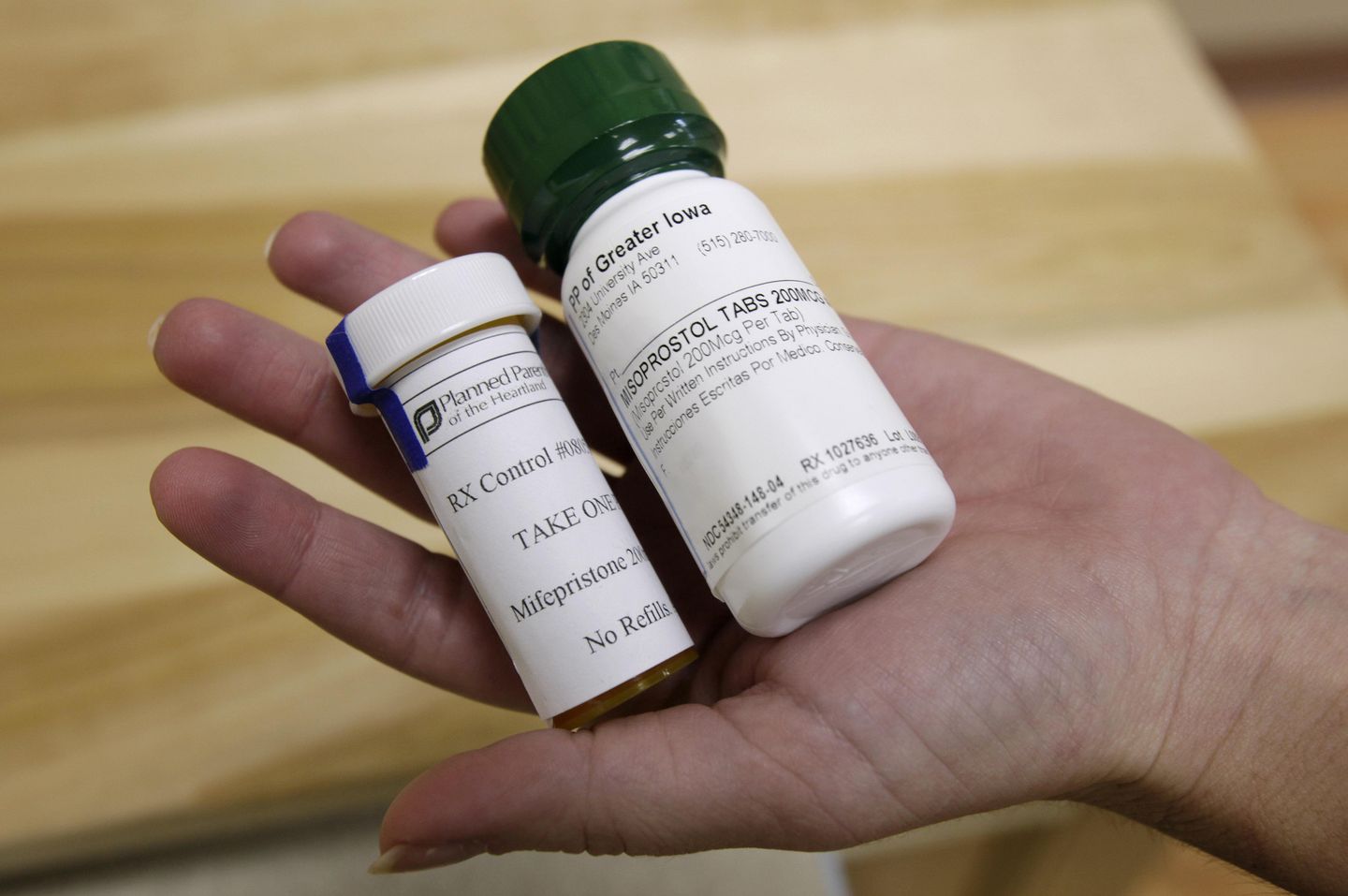
The same researchers who found that the abortion pill is 22 times more dangerous than billed on the label have now found that the failure rate is also twice as high as previously reported.
The latest study by the conservative Ethics and Public Policy Center found that 5.26% of women, or nearly 1 in 19, received a second prescription of the drug mifepristone within 45 days of the first prescription.
That failure rate is double the 2.6% rate reported from U.S. clinical trials, and two-thirds higher than the 3.2% combined failure rate from all clinical trials reported on the drug’s label, according to the study, which is based on data from 865,727 insurance claims from 2017-23.
The report released Monday comes on the heels of the explosive EPPC study that found 10.93% of women experience adverse health effects after taking mifepristone, a figure 22 times higher than reported on the FDA-approved label.
“Combined with the 5.26 percent of women who undergo a second abortion attempt following the failure of the mifepristone abortion regimen and adjusting to avoid double-counting, we find that 13.51 percent of women — roughly one in seven — experience at least one serious adverse event or repeated abortion attempt within 45 days of first attempting a mifepristone abortion,” said the report summary.
The results of the two studies based on the largest-of-its-kind data set show that the abortion pill is “neither safe nor effective,” said the authors, EPPC President Ryan T. Anderson and Jamie Bryan Hall, the center’s director of data analysis.
“In light of these findings, the FDA should immediately reinstate its earlier, stronger patient safety protocols to ensure physician responsibility for women who take mifepristone under their care, as well as mandate full reporting of its side effects,” said the report in its conclusion.
In addition, they said, the FDA should “further investigate the harm this drug causes to women and, based on objective safety and effectiveness criteria, reconsider its approval altogether.”
The real-world failure rate of mifepristone abortion is double what has previously been shared with the public. pic.twitter.com/JwXIhP7ReW
— Ethics and Public Policy Center (@EPPCdc) May 12, 2025
The first study released April 28 reignited pressure on the FDA to revisit its 2000 approval of mifepristone, one of two drugs used in the abortion protocol.
In between the release dates of the two studies, Mr. Anderson was appointed by President Trump to the newly created Religious Liberty Commission.
James O’Neill, the Trump administration’s nominee for Health and Human Services deputy secretary, told a Senate committee last week that Secretary Robert F. Kennedy Jr. has agreed to examine the drug’s safety.
“The secretary has pledged to do a safety review of mifepristone, and I strongly support that review,” Mr. O’Neill said.
Critics of the study argue that it was neither peer reviewed nor published in an academic journal, but the authors say that was by design, telling the Federalist that “the thing that matters most is replicability, and peer review doesn’t even guarantee that.”
The American College of Gynecologists and Obstetricians has said that mifepristone is safe and effective when used to end pregnancies up to 10 weeks gestation.
The abortion-pill combo has become the most popular method of U.S. pregnancy termination, used in about two-thirds of all abortions, but the FDA’s lifting of safeguards under the Obama and Biden administrations has heightened safety concerns.
Under President Biden, the FDA eliminated the requirement for an in-person doctor’s visit, allowing the pills to be prescribed by telehealth and delivered through the mail.












